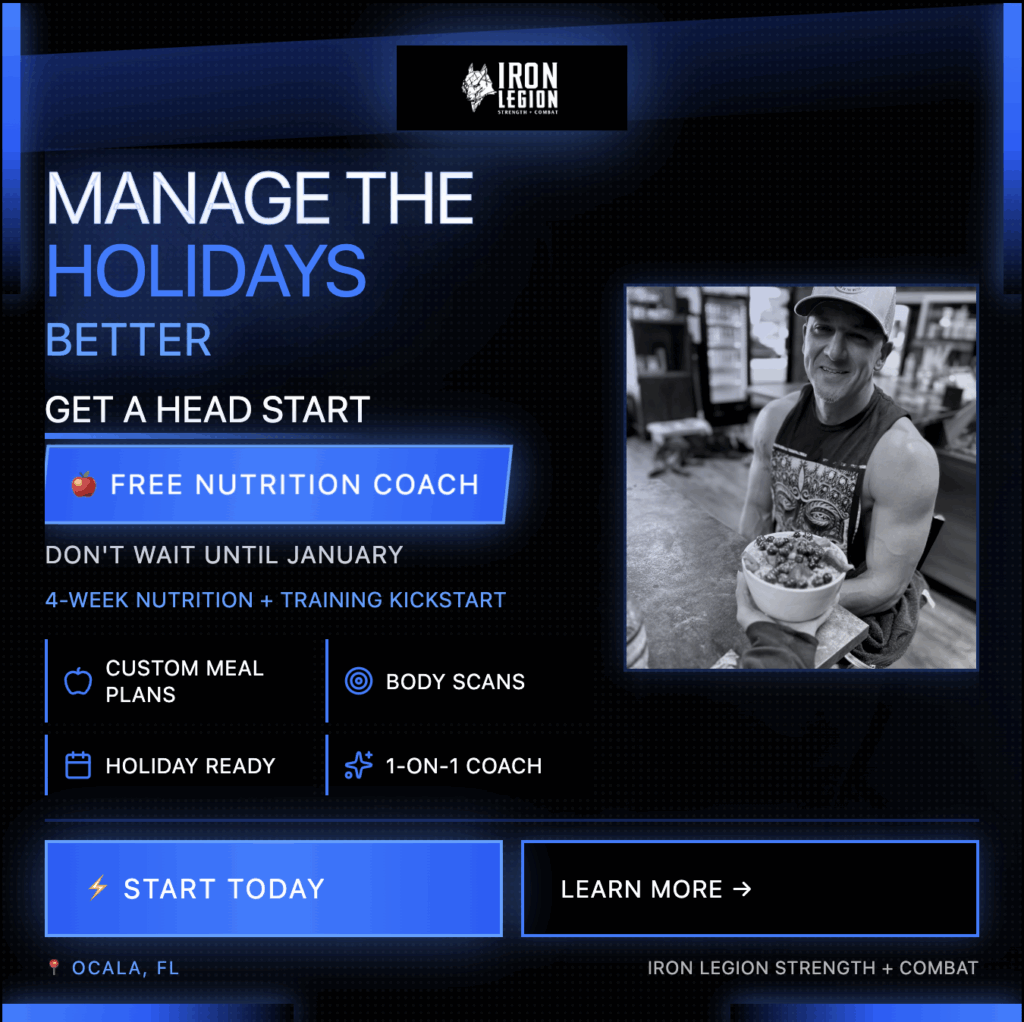What Are Macros?

New to macros? Learn what proteins, carbs, and fats actually do for your body and why tracking them can accelerate your fitness results. From energy and recovery to fat loss and performance, this guide breaks down each macronutrient and how to make smarter food choices. Ready to start tracking? Let a coach at Iron Legion help you dial in your macros.
